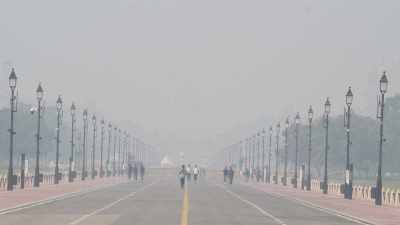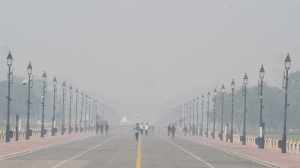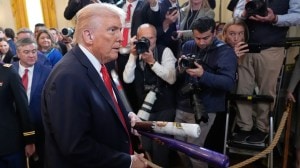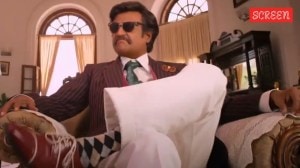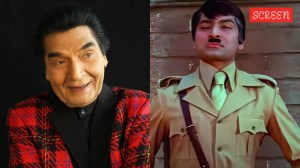A writer reads into the future
MUMBAI, August 13: By the time she finished, any sceptic in the audience would have converted. Reading from her epic essay, `End of Imagi...

MUMBAI, August 13: By the time she finished, any sceptic in the audience would have converted. Reading from her epic essay, `End of Imagination’, to a small audience at Patkar Hall, the most glamorous mascot of the Indian anti-nuclear club, author Arundhati Roy, captured hearts and minds in her endeavour to protest against India’s nuclear pursuits. Among others who spoke at the meeting organised by the Citizens Committee for Commemoration of Hiroshima and Nagasaki to mark the 1945 bombings of the Japanese cities, were Justice (retd) Suresh Hosbet, documentary filmmaker Anant Patwardhan and Gen. D’souza, a World War II veteran.
Acutely aware of the small audience, that shrunk even further when some of the avowed anti-Nuke campaigners left abruptly to catch Chandralekha’s show being held at NCPA, the petite Booker Prize winner, dressed in a slim, leaf-green top and trousers, confessed her misgivings. “I was wondering while I was coming to this meeting, whether I should be concerned about the hallbeing half-full or half-empty,” said Roy, in her lilting voice. In fact, her voice, soft but persuasive complimented her impassioned rendition of an equally forceful essay that has appeared in some news weeklies. “I am not a politician or a public speaker and hence am not used to soliciting public views,” she said rather self-consciously and described her role as an anti-nuke preacher as that of a “small minority having to climb huge mountains.”
Describing a nuclear war as one not “between one man and another” but with the earth itself, Roy began by describing the scene of the `day-after’, an imagined holocaust when rivers would spew fire, the sun would be blocked off, smoke and acid rain would fill the skies and there would be darkness all over. She had heads nodding in unison when she pointed out that the majority of poor Indians did not even know what a nuclear war meant She claimed that the nuclear choice of the present Central Government was a “betrayal of the ruling classes.”





- 01
- 02
- 03
- 04
- 05


